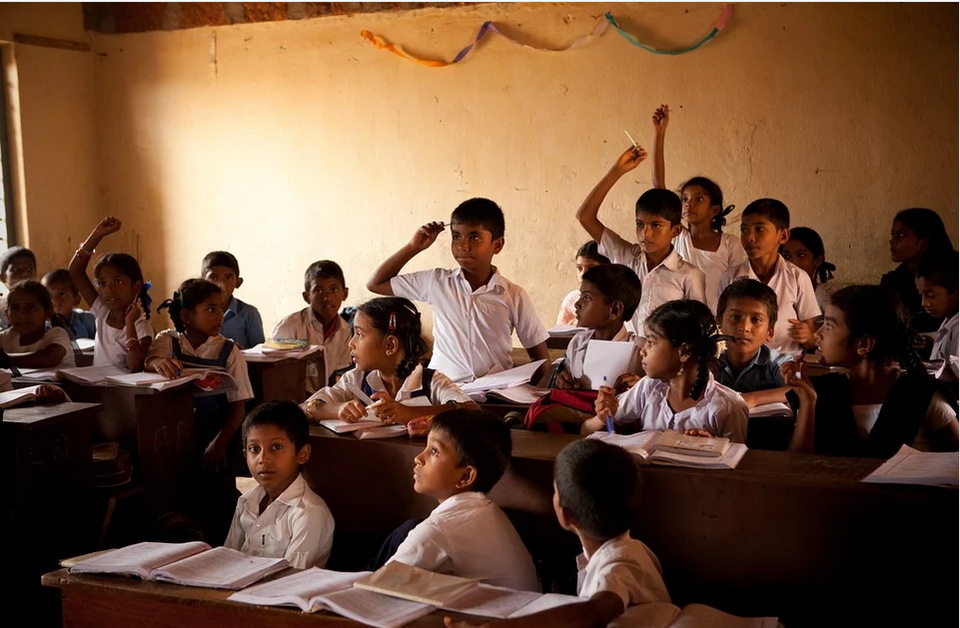A confined space is a small space that is just enough for a person to enter, but that has a limited or restricted entrance or exit and is not intended for human habitation. However, some people believe that confined spaces are not always small. If not trained for it, you can experience many bad things happening. Today, you can now find confined space refresher online that you can start with any time you want. Below are the benefits of taking confined space training courses.
Emergency Awareness
 If a person is not trained correctly, they will not recognize the warning signs of a home emergency. Rapid heartbeat, rapid breathing, clumsiness, fatigue, and emotional disturbances can be symptoms of less oxygen levels. The worst that might happen is leading to death. If oxygen levels drop further, nausea and vomiting, disorientation, collapse, seizures, and coma occur, leading to death. Unconsciousness or death can occur within minutes after exposure to carbon dioxide, nitrogen, argon, or other asphyxiants. If you are trained, you can check if oxygen levels are too low and take appropriate action.
If a person is not trained correctly, they will not recognize the warning signs of a home emergency. Rapid heartbeat, rapid breathing, clumsiness, fatigue, and emotional disturbances can be symptoms of less oxygen levels. The worst that might happen is leading to death. If oxygen levels drop further, nausea and vomiting, disorientation, collapse, seizures, and coma occur, leading to death. Unconsciousness or death can occur within minutes after exposure to carbon dioxide, nitrogen, argon, or other asphyxiants. If you are trained, you can check if oxygen levels are too low and take appropriate action.
Determines Hazards
During the confined space training, participants are taught about the ha hazards in confined spaces. This way, they can take the necessary precautions to avoid accidents. This is very important so that a person can prevent anything bad from happening because they are educated about it. A common hazard experience in a confined space is the lack of oxygen. Oxygen is removed from a confined environment by natural processes, such as reactions between oxygen and certain soils. Gypsum or limestone and groundwater produce carbon dioxide, which displaces oxygen. Rust deposits in reservoirs can also lead to oxygen deficiency.
Specialized Training
 Anyone working in or entering confined spaces must identify hazards and apply hazard control procedures. People who issue confined space entry permits and set up confined space workplaces must also receive industry-specific confined space training to enhance their knowledge and skills. Some also work in confined spaces, such as drains, crawl spaces, and trenches.
Anyone working in or entering confined spaces must identify hazards and apply hazard control procedures. People who issue confined space entry permits and set up confined space workplaces must also receive industry-specific confined space training to enhance their knowledge and skills. Some also work in confined spaces, such as drains, crawl spaces, and trenches.
Mining is considered one of the best industries to work in confined spaces. Working with chemicals and toxins in confined spaces, such as sealants, volatiles, and plastics, belongs to the manufacturing sector.
Confined space training is necessary to help you identify and respond to potential hazards in confined spaces. A professional education or online courses can help you ensure that you have the knowledge and skills needed to work in confined spaces. It will also help you select the best candidates for positions of greater responsibility, such as supervisors and access officers. By complying with confined space safety requirements, you can protect yourself while building a good reputation for your company.…



 Most students have trouble focusing and concentrating during tests, lectures, or even in class. The best way to improve your ability to focus is by taking a nootropic supplement that boosts neurotransmitters like serotonin and dopamine, responsible for feelings of happiness and satisfaction. If you have a better mood, your inclination to feel satisfied and happy will improve your ability to focus. Students can stay
Most students have trouble focusing and concentrating during tests, lectures, or even in class. The best way to improve your ability to focus is by taking a nootropic supplement that boosts neurotransmitters like serotonin and dopamine, responsible for feelings of happiness and satisfaction. If you have a better mood, your inclination to feel satisfied and happy will improve your ability to focus. Students can stay  During midterms and finals, students feel tired all the time because they lack rest and proper eight hours of sleep, which could ruin their energy levels. Lack of sleep can result in decreased energy levels and poor concentration, which usually does not make for an enjoyable study session at all. One way around this problem would be to take nootropics that increase neurotransmitters like dopamine and Adderall, which help regulate sleep cycles.
During midterms and finals, students feel tired all the time because they lack rest and proper eight hours of sleep, which could ruin their energy levels. Lack of sleep can result in decreased energy levels and poor concentration, which usually does not make for an enjoyable study session at all. One way around this problem would be to take nootropics that increase neurotransmitters like dopamine and Adderall, which help regulate sleep cycles.
 One aspect of storytelling that makes it work best for learning is that it offers all learners something. In any group of learners, 40% are auditory learners, whose best learning method is through lectures and discussions. Another roughly 40% of the learners comprise visual learners who learn best through videos, illustrations, and diagrams. The rest of the learners, making 20%, are kinesthetic learners, and these depend on feeling, experiencing, and doing to grasp the lessons.
One aspect of storytelling that makes it work best for learning is that it offers all learners something. In any group of learners, 40% are auditory learners, whose best learning method is through lectures and discussions. Another roughly 40% of the learners comprise visual learners who learn best through videos, illustrations, and diagrams. The rest of the learners, making 20%, are kinesthetic learners, and these depend on feeling, experiencing, and doing to grasp the lessons.